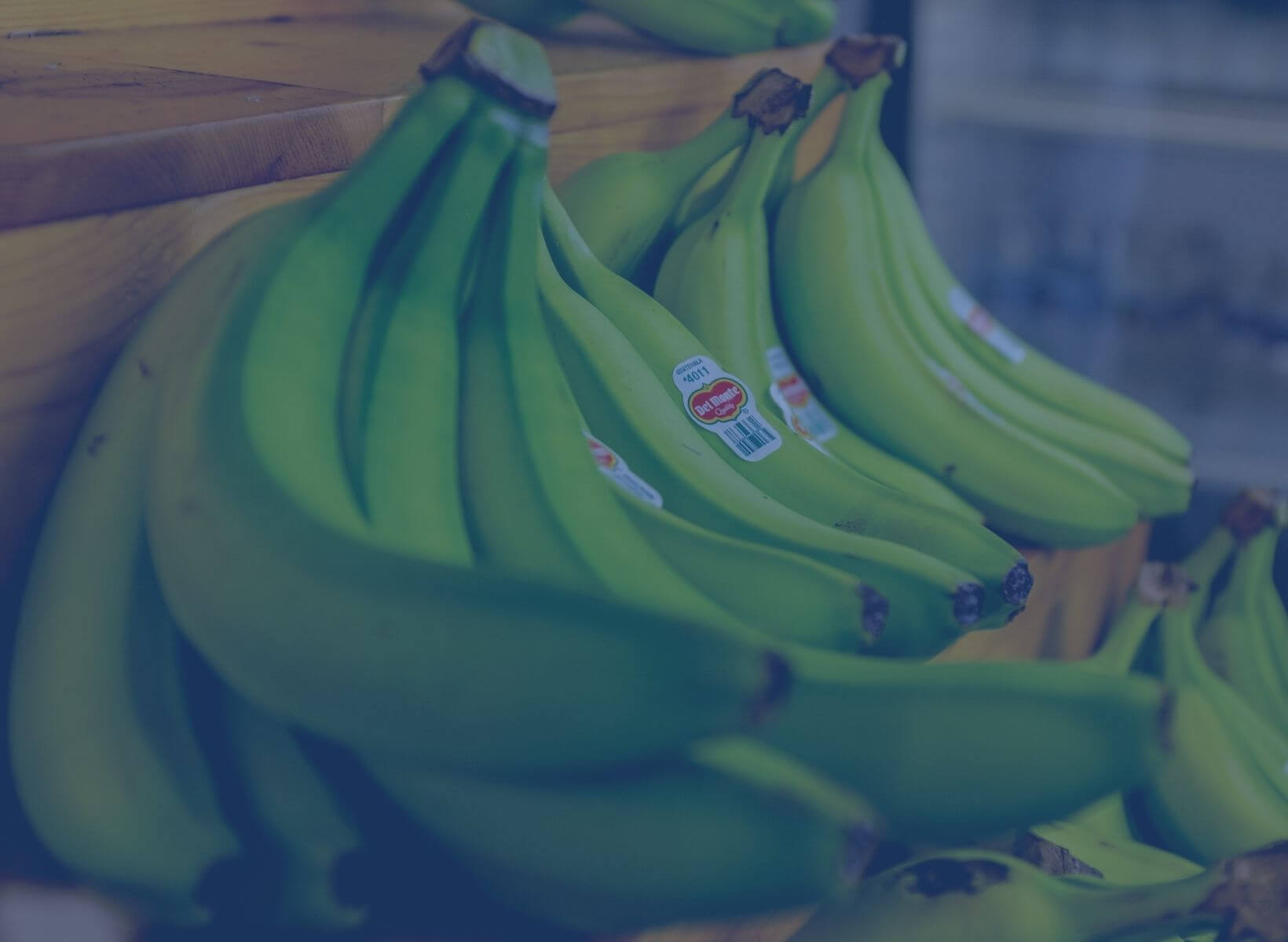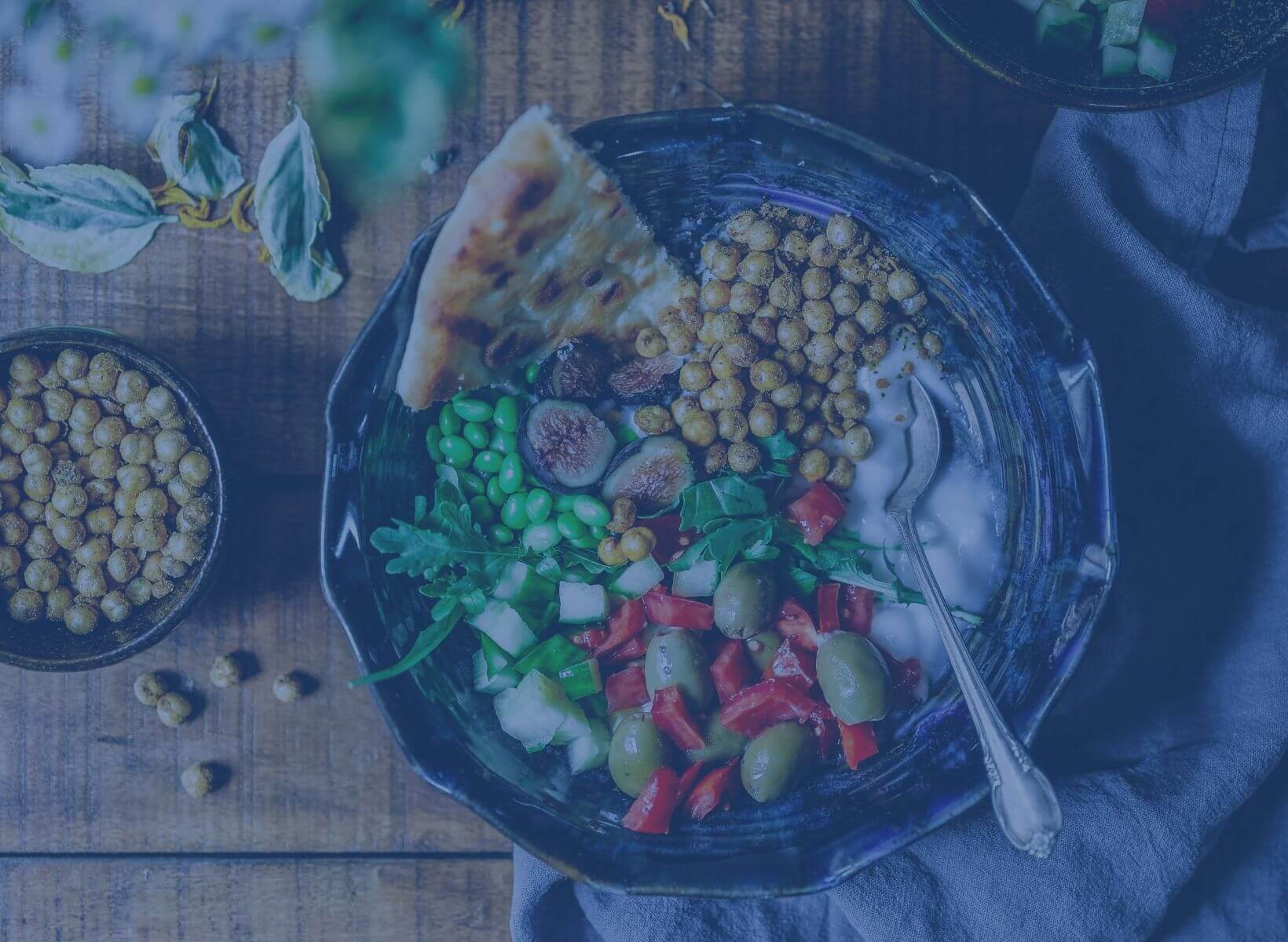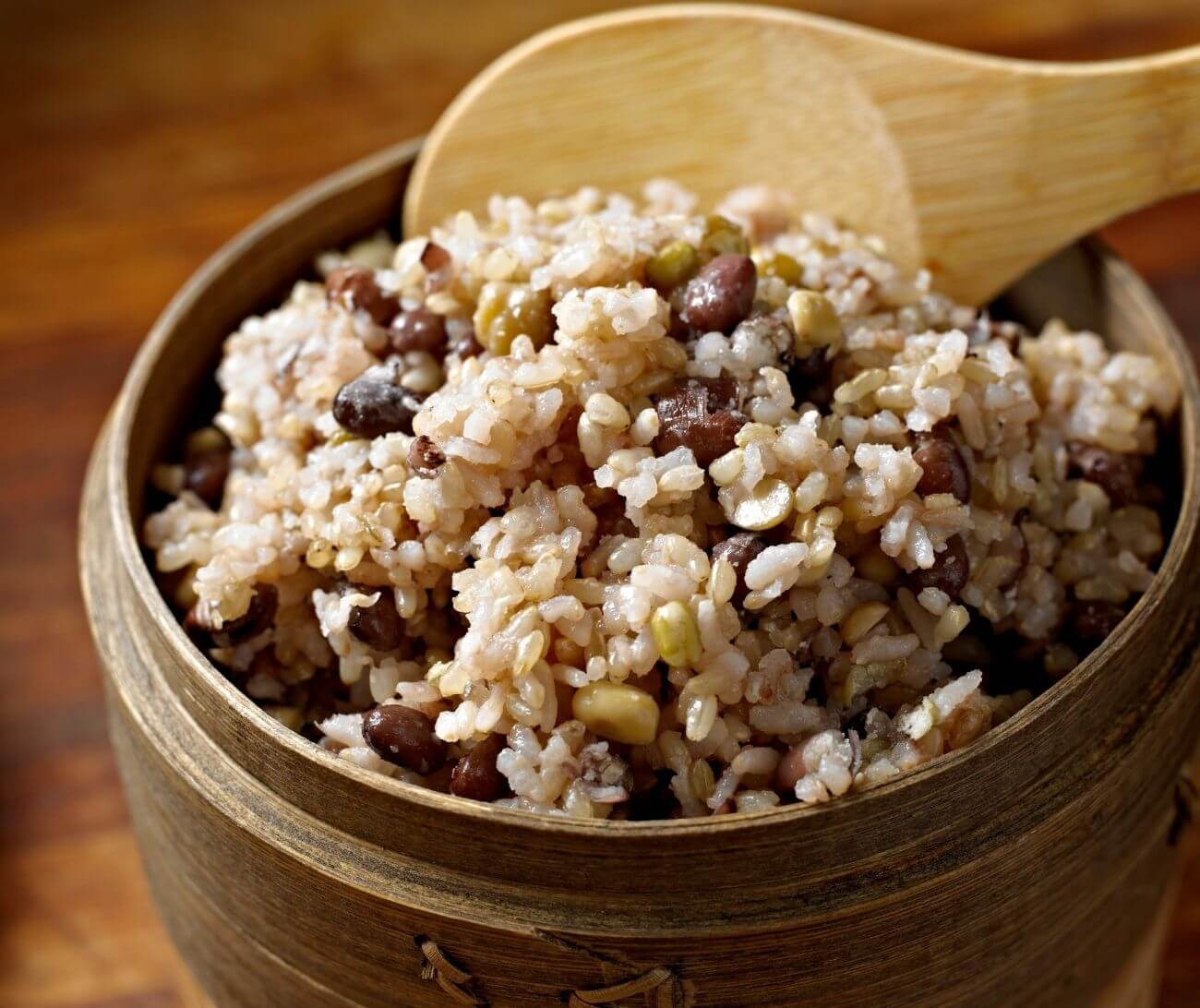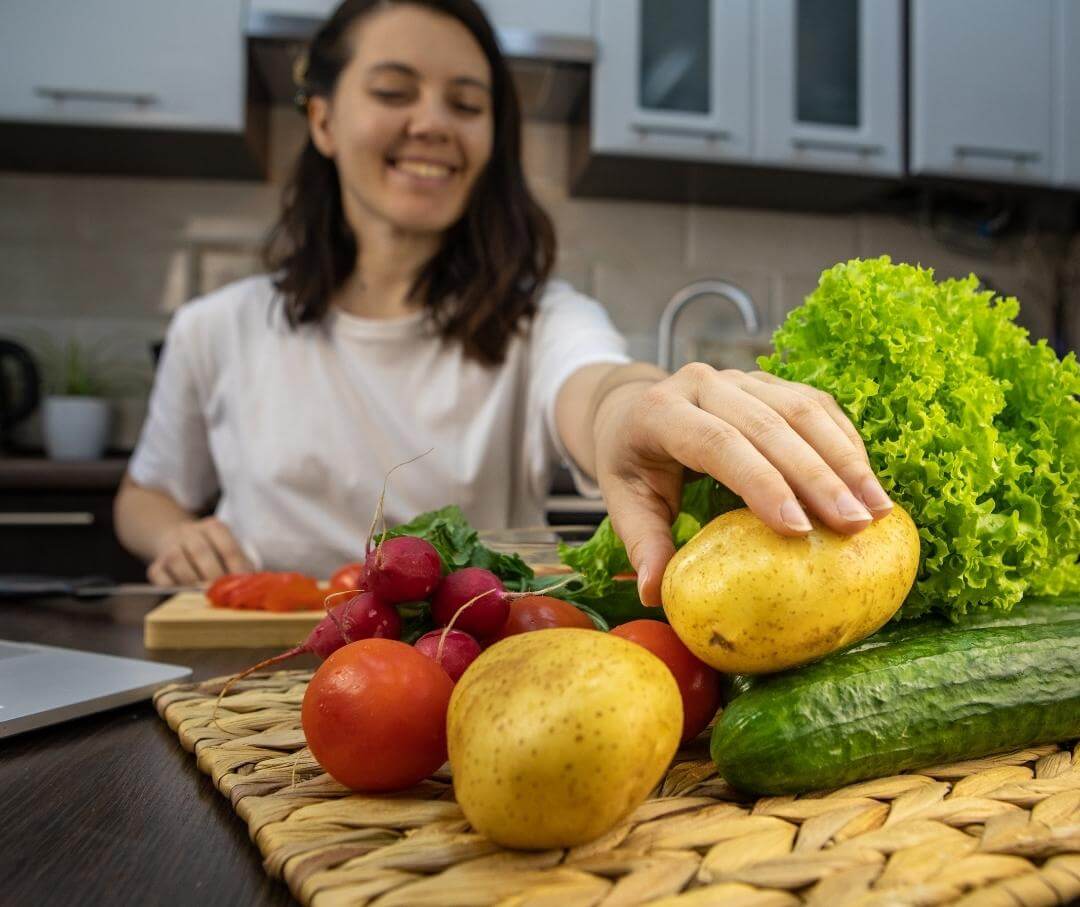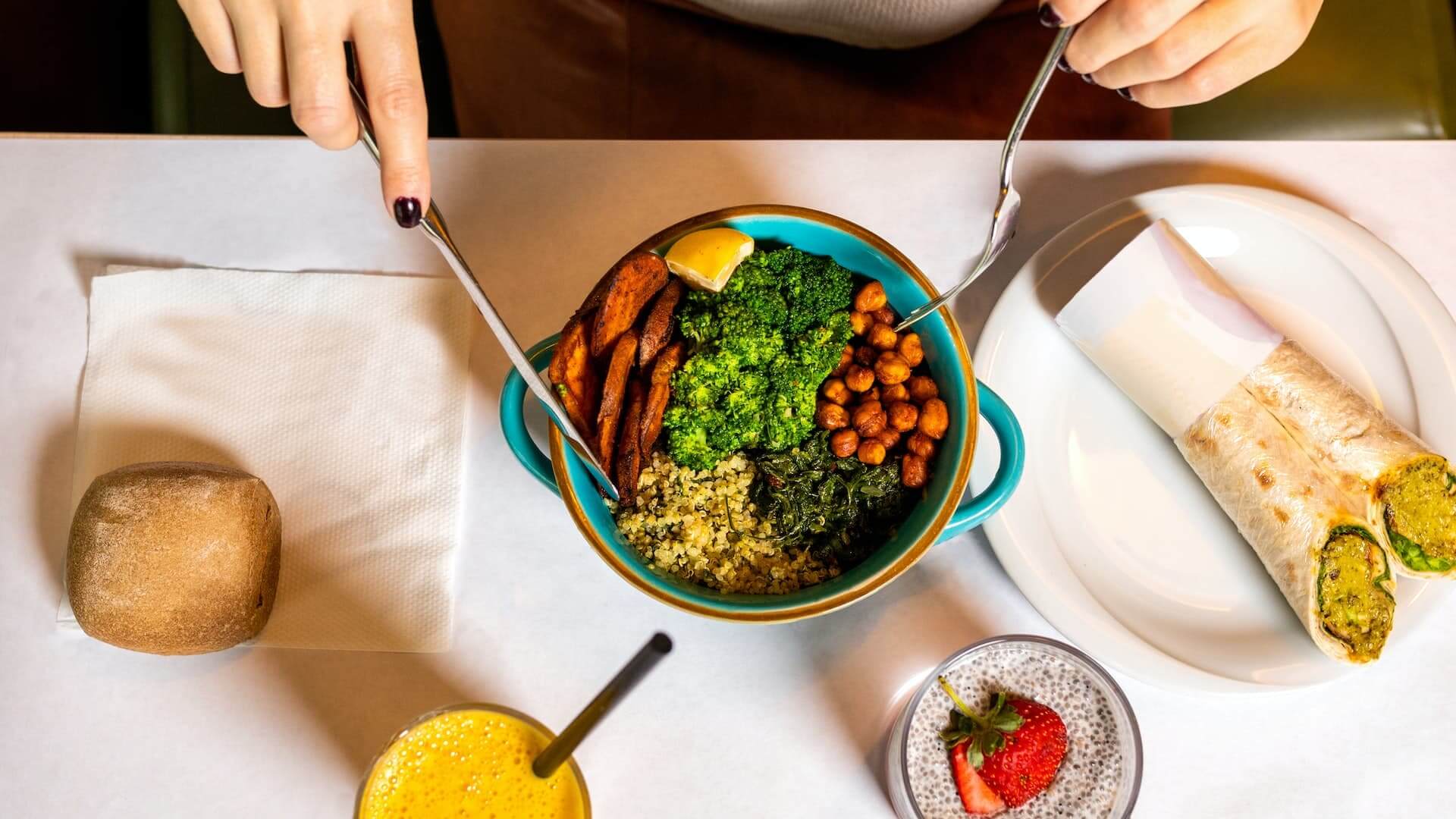Key Takeaways
- Resistant starches can reduce post-meal glucose, increase satiety, and increase insulin sensitivity
- Resistant starches can be found in legumes, seeds, whole grains, and certain foods that are cooked then cooled overnight
- While not a fiber, resistant starch has properties that mimic both soluble and insoluble fiber
- Like fiber, rapid adoption or eating too much resistant starch can cause bloating and stomach upset, so go slow and easy.
If you’ve tried to eliminate or drastically cut carbs from your diet to lose weight and feel like you’ve suffered during the process, we empathize. Giving up refined carbs like bagels, cookies, muffins, and other treats is a better-for-you change that can feel like a sacrifice. But, you may be surprised to discover that a certain class of carbohydrates—resistant starches—can lower your post-meal blood sugar<sup>1</sup>, make you feel more satiated<sup>2</sup>, and increase your insulin sensitivity<sup>3</sup>.
All benefits combined, resistant starches are carbs that can help you lose weight. That’s right. We said it. Some carbs can help you with your weight loss plan.
How does that work? Primarily in two ways:
- Resistant starches aren’t digested with other food in the small intestine and stomach (they are digested in the colon by beneficial bacteria). They’re a special class of carbs that don’t increase your blood sugar. As a result, they don’t lead to excess blood sugar, which can be stored eventually as fat.
- The combination of raising insulin sensitivity and lowering post-meal glucose also reduces the number of calories contributing to fat gain.
Resistant starch lowers your post-meal glucose response due to the extended time necessary for the body to metabolize. There’s also a “second meal effect<sup>4</sup>,” which lowers your glucose response for the meal you eat after the initial one that contains the resistant starch.
What Exactly Are Resistant Starches, and Where Can I Find Them?
The “resistance” in the name refers to the fact that resistant starches resist digestion in the gastrointestinal tract; as a result, they do not convert to sugar like other carbohydrates. Instead, they are converted in the colon to butyrate, which acts as fuel for your body’s microbiome.
There are four main types of resistant starches: three can be found in whole foods and one is artificially produced. Signos recommends the consumption of whole foods as much as possible, so we won’t cover the fourth type.
- Type 1: Most commonly found in legumes such as black beans, white beans, chickpeas, and lentils, but also found in seeds and whole grains.
- Type 2: Found in raw potatoes and green, unripe bananas and plantains (these can be incorporated into the diet by using potato starch and green banana flour).
- Type 3: These unusual resistant starches are created during the cooking and subsequent overnight cooling of certain carbs, and can be found in white rice, white potatoes, and oats that are cooked and allowed to cool overnight.
<p class="pro-tip">Learn about slow-digesting carbs from an registered dietitian</p>
How Resistant Starch Impacts Glucose: A Signos Staff Experiment
We put resistant starches to the test with the Signos Team. In an anecdotal experiment across the team, we tested cooked and cooled rice and potatoes in two different experiments. Our experiments gave us mixed results.
In both cases, we first ate the simple carb (white rice or white potato) freshly cooked, first thing in the morning in a fasted state. We then cooled the simple carb overnight, developing their resistant starches, and ate them again first thing in the morning, fasted.
Signos' Body Signals Podcast: Listen to Give Me Back My Carbs...with Resistant Starch?!
Our CMO, Hannah Russin (non-diabetic), had the most impressive results with white rice. On the first day, her glucose level rose to a very impressive 210 mg/dL on just one cup of freshly cooked white rice.
When she ate one cup of the same white rice cooled overnight, her glucose only rose to 145! That’s a 31% drop from simply allowing the starch to cool overnight.
I tried the same experiment using new potatoes. On the first morning, I ate 300 grams of boiled new potatoes freshly cooked. My glucose topped out at 127 mg/dL.
I ate 300 grams of cooled potatoes the next day and my glucose rose to 123 mg/dL.
While there wasn’t much difference in the peak glucose, the curve for the cooked potatoes was much shorter (30 minutes versus 45 minutes for freshly cooked).
<p class="pro-tip"><strong>Learn more about </strong> <a href="/blog/how-potatoes-affect-blood-sugar">how potatoes affect blood sugar</a>.</p>
{{mid-cta}}
Frequently Asked Questions About Resistant Starches
How much resistant starch should I include in my diet and are there any drawbacks?
General guidelines are to try and get as much as 30 grams of resistant starch per day<sup>5</sup>. You should slowly add resistant starches to your diet as too drastic a change may cause some side effects such as gas and bloat.
Is resistant starch the same as fiber?
While resistant starches are different from fiber, they have similar characteristics to soluble and insoluble fiber. Resistant starch, like insoluble fiber, resists digestion and passes into the colon, and, like soluble fiber, resistant starch acts like a fuel source for your body’s microbiome.
How do you make resistant starch potatoes, rice, pasta, etc.?
The easiest way to increase resistant starch in rice and potatoes (and some kinds of pasta) is to allow them to cool overnight after cooking. Resistant starches occur naturally in some foods such as green bananas, oats, potato starch, beans, and legumes.
Are resistant starches keto?
Keto diets may consider resistant starches keto because they tend to digest differently than other carbohydrates. One caveat: many foods that contain resistant starches also contain non-resistant starch or simple carbohydrates, which are not considered keto.
What is resistant starch intolerance, and how would you know if you have it?
Depending on the composition of your microbiome, some people find that they have stomach issues with resistant starches (primarily gas and bloating). Also, if you have irritable bowel syndrome (IBS), a large volume of resistant starches might exacerbate your condition.
For Advanced Signos Users
Consider doing your own resistant starch experiment. To get the most accurate results, try eating a regular starch (white rice, white potato) first thing in the morning and check your Signos glucose graph. Make sure to measure or weigh the quantity you plan to eat, and eat the same quantity of starch on both days. The first day you’ll consume the freshly cooked starch and then store the starch to eat tomorrow overnight in the refrigerator. The next day, eat the cooled starch and check your glucose graph again. Did you notice a difference?
References
- Item 1
- Item 2
- item 3

